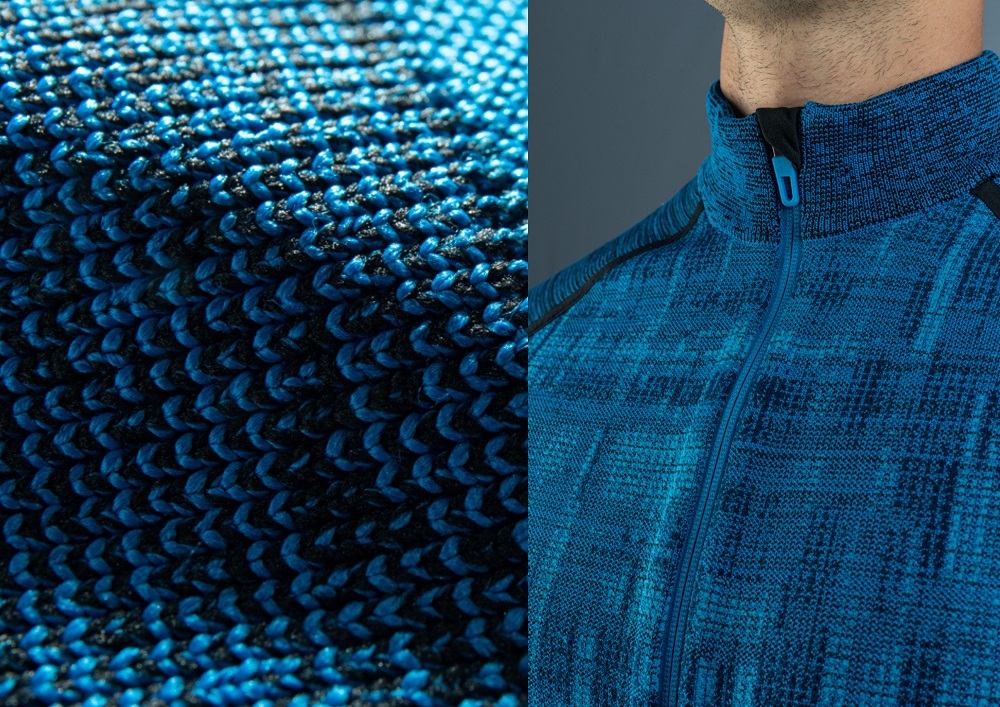Shopping: Evolution, Trends, and the Modern Consumer Experience
Shopping is an integral part of modern life, reflecting consumer behavior, cultural trends, and economic activity. The term shopping encompasses the process of acquiring goods and services, ranging from essential items to luxury products, and extends across physical stores, e-commerce platforms, and hybrid retail experiences. Beyond the act of purchasing, shopping is influenced by psychology, technology, marketing strategies, and social interaction, shaping the way individuals interact with products, brands, and services.
Historical Evolution of Shopping
The concept of shopping has evolved alongside human society, transitioning from barter systems to sophisticated global marketplaces.
Early Marketplaces
- Barter Systems: Early civilizations engaged in direct exchange of goods, with value determined by negotiation and necessity.
- Ancient Markets: Cities such as Athens, Rome, and Alexandria developed organized marketplaces, or agora, facilitating trade, social interaction, and the spread of culture.
- Medieval Fairs and Guilds: Periodic fairs allowed traders to sell goods regionally, while guilds regulated quality, prices, and apprenticeship in crafts.
Industrial Revolution and Consumer Culture
The 18th and 19th centuries introduced mass production, urbanization, and improved transportation:
- Department stores emerged, offering a wide variety of goods under one roof, enhancing convenience and consumer experience.
- Advertising and branding began shaping consumer preferences and expectations.
- Catalog shopping enabled customers to browse products remotely, laying the foundation for mail-order commerce.
Modern Era
The 20th and 21st centuries have seen unprecedented expansion in shopping channels and consumer choice:
- Supermarkets and shopping malls created centralized hubs for diverse shopping needs.
- The digital revolution enabled online marketplaces, transforming access, pricing, and convenience.
- Omnichannel retail integrates physical stores with e-commerce, creating a seamless shopping experience.
Types of Shopping
Shopping encompasses multiple formats and contexts, each serving distinct consumer needs.
In-Store Shopping
Traditional brick-and-mortar stores offer tactile engagement, personalized service, and immediate access to products:
- Department Stores: Offer a wide range of goods, from clothing to electronics, under one roof.
- Specialty Stores: Focused on niche products, such as electronics, cosmetics, or sporting goods.
- Supermarkets and Hypermarkets: Provide groceries, household essentials, and seasonal items in large-scale retail environments.
Online Shopping
E-commerce platforms allow consumers to browse, compare, and purchase products digitally:
- Retail Websites: Individual brands and stores operate online shops for direct sales.
- Marketplaces: Platforms like Amazon or eBay aggregate multiple sellers, offering variety and competitive pricing.
- Subscription Services: Curated products delivered regularly, such as meal kits, fashion boxes, or wellness products.
Hybrid and Experiential Shopping
Modern retail increasingly emphasizes experience and engagement:
- Click-and-Collect: Combines online ordering with physical pickup, enhancing convenience.
- Pop-Up Stores: Temporary retail locations that generate excitement and promote new products.
- Experiential Retail: Incorporates interactive displays, immersive environments, and in-store events to create memorable shopping experiences.
Psychology of Shopping
Consumer behavior is influenced by psychological factors, driving decision-making, brand loyalty, and purchasing patterns.
Motivation and Needs
- Maslow’s Hierarchy: Shopping may fulfill basic needs (food, clothing) or higher-order desires (status, self-expression).
- Impulse Buying: Triggered by visual appeal, promotions, and emotional stimuli.
- Brand Loyalty: Consumers develop attachment based on trust, quality, and personal values.
Decision-Making Processes
- Information Search: Consumers research products, compare alternatives, and read reviews.
- Evaluation of Alternatives: Features, price, quality, and brand reputation influence choices.
- Purchase and Post-Purchase Behavior: Satisfaction, returns, and word-of-mouth contribute to repeat business and brand perception.
Influence of Social and Cultural Factors
- Peer Influence: Recommendations and social trends impact purchasing decisions.
- Cultural Norms: Festive seasons, holidays, and regional preferences shape shopping patterns.
- Digital Communities: Online reviews, influencer endorsements, and social media engagement drive trends.
Economic and Market Factors in Shopping
Shopping reflects broader economic dynamics, affecting pricing, availability, and consumer confidence.
- Supply and Demand: Product availability, seasonal trends, and scarcity influence prices.
- Inflation and Purchasing Power: Economic conditions determine affordability and spending behavior.
- Marketing and Promotions: Discounts, loyalty programs, and targeted advertising incentivize purchases.
- Globalization: Access to international products and brands expands consumer choice and competition.
Technological Innovations in Shopping
Technology has revolutionized shopping, creating convenience, personalization, and efficiency.
E-Commerce Platforms
- Mobile Apps: Allow shopping from smartphones with secure payment and tracking.
- Augmented Reality (AR): Enables virtual try-ons for clothing, furniture, or makeup.
- Personalized Recommendations: AI-driven algorithms suggest products based on browsing and purchase history.
Payment Systems and Security
- Digital Wallets: Simplify transactions through platforms like Apple Pay or PayPal.
- Cryptocurrency Integration: Emerging payment method for tech-savvy consumers.
- Fraud Detection: Advanced security measures protect consumer data and prevent unauthorized transactions.
Inventory and Supply Chain Optimization
- Real-Time Tracking: Improves stock management and reduces delivery delays.
- Predictive Analytics: Forecasts demand trends, optimizing inventory levels.
- Automated Fulfillment Centers: Robotics and AI enhance order accuracy and shipping efficiency.
Trends in Modern Shopping
The shopping landscape is continually evolving, influenced by consumer preferences, technology, and sustainability concerns.
- Sustainable Shopping: Consumers prioritize eco-friendly products, ethical sourcing, and reduced packaging.
- Experiential Retail: Focus on immersive experiences that go beyond purchasing, including workshops, tastings, and interactive displays.
- Social Commerce: Integration of shopping features within social media platforms facilitates direct purchases.
- Subscription-Based Models: Personalized, recurring deliveries cater to convenience and lifestyle preferences.
- Local and Artisan Markets: Increased interest in supporting local businesses and handcrafted goods.
Challenges in Shopping
- Consumer Trust and Fraud: Online scams, counterfeit products, and privacy breaches challenge consumer confidence.
- Overconsumption: Impulsive and excessive shopping contributes to financial strain and environmental impact.
- Accessibility: Physical and digital barriers limit access for individuals with disabilities or in underserved areas.
- Sustainability: Packaging waste, carbon emissions from shipping, and fast fashion raise environmental concerns.
Opportunities in the Shopping Industry
- Expansion of e-commerce into emerging markets.
- Integration of AI and machine learning to enhance personalization and efficiency.
- Development of omnichannel retail strategies blending in-store and digital experiences.
- Investment in sustainable products, packaging, and ethical supply chains.
- Growth of experiential and community-focused shopping models that build customer loyalty.
FAQs About Shopping
1. What are the main types of shopping?
Shopping can be conducted in-store, online, or through hybrid models, each offering distinct experiences, convenience, and engagement.
2. How has technology changed shopping?
Technology enables mobile commerce, virtual try-ons, AI-driven recommendations, secure digital payments, and efficient inventory management.
3. What influences consumer shopping behavior?
Psychological factors, social trends, cultural norms, economic conditions, and marketing strategies all shape purchasing decisions.
4. How does shopping impact the economy?
Consumer spending drives demand, supports retail jobs, stimulates production, and influences market trends and global trade.
5. What are the trends in modern shopping?
Current trends include sustainable products, experiential retail, social commerce, subscription services, and support for local artisans.
6. How can shoppers ensure ethical purchasing?
Consumers can research product sourcing, select eco-friendly brands, prioritize fair labor practices, and avoid overconsumption.
7. What are common challenges in shopping?
Challenges include online fraud, accessibility barriers, environmental impact, overconsumption, and fluctuating market conditions.
8. How can businesses improve the shopping experience?
By integrating digital and physical channels, offering personalized recommendations, ensuring convenience, and emphasizing sustainability and customer engagement.
Shopping is a dynamic activity that reflects culture, technology, and economics. Understanding its evolution, trends, and impact enables consumers and businesses to make informed decisions, create meaningful experiences, and participate responsibly in a global marketplace.




